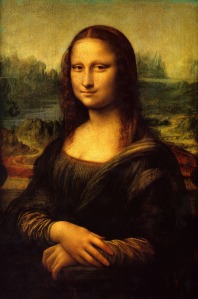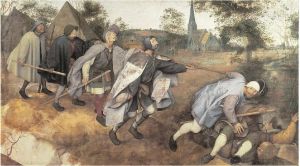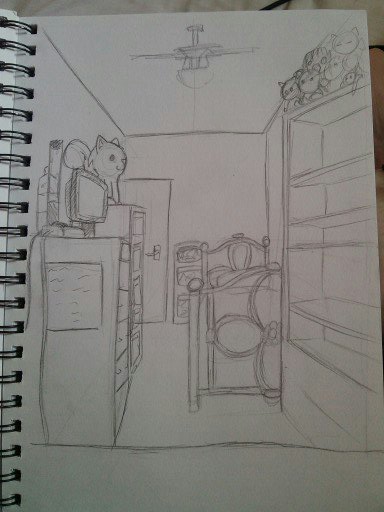Renaissance artwork can be identified by the expressive gestures of the figures, the linear perspective and a whole lot better study on human anatomy. Many features of art from this movement is the light and pastel like colours and many have religious subjects within them. Renaissance art was a new turn for modern artists at the time and brought in a lot of realism and naturalism while symbolising aspects of humanism and intellectualism. Additionally the quality of the artwork did improve, this was the time when Oil Painting was introduced and the printing press established itself. This was the time of a culture movement where the Renaissance became a bridge between the Middle Ages and the Modern Era as we know it.
Many Merchants would commission artists, it was no longer Lord and Lady’s who could get paintings now, it was not like the middle ages where only the wealthy could have their portraits, the art culture was beginning to explore.
For example, one of the many pioneers of the Renaissance and probably most famous is Leonardo Da Vinci (1452-1519). Da Vinci was a painter, sculptor, architect, scientist, mathematician, engineer and anatomist. He is considerately know for his painting the Mona Lisa.
 The Mona Lisa is considered to be “the best known, the most visited, the most written about, the most sung about, the most parodied work of art in the world.” and believed to be painted between 1503 – 1506 towards the end of Da Vinci’s life. As you can clearly see this is a good example of new perspectives and the anatomy of the face is on point. The figure looks human, compared to Middle Age’s work. Additionally the figure is not of wealthy background. Most people who commissioned for portraits would always be surrounded by their wealth to communicate their status, however Da Vinci’s Mona Lisa just depicts a natural landscape, which fades into the background.
The Mona Lisa is considered to be “the best known, the most visited, the most written about, the most sung about, the most parodied work of art in the world.” and believed to be painted between 1503 – 1506 towards the end of Da Vinci’s life. As you can clearly see this is a good example of new perspectives and the anatomy of the face is on point. The figure looks human, compared to Middle Age’s work. Additionally the figure is not of wealthy background. Most people who commissioned for portraits would always be surrounded by their wealth to communicate their status, however Da Vinci’s Mona Lisa just depicts a natural landscape, which fades into the background.
 Brugel’s work also depicted unwealthy subjects, but instead of portrait they are in motion, another major feature in Renaissance art. The landscape perspective is much more accurate as this was a turning point in art culture where artists would actually study perspectives and anatomy.
Brugel’s work also depicted unwealthy subjects, but instead of portrait they are in motion, another major feature in Renaissance art. The landscape perspective is much more accurate as this was a turning point in art culture where artists would actually study perspectives and anatomy.
